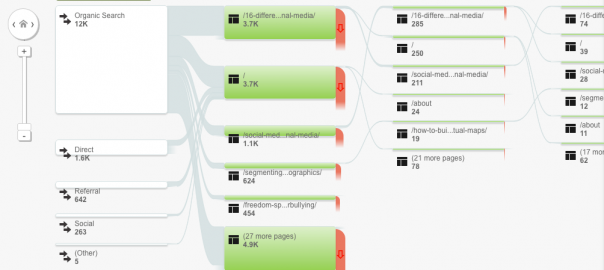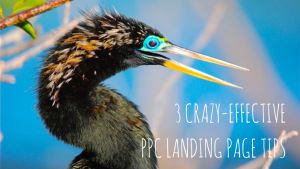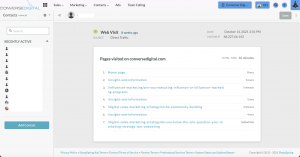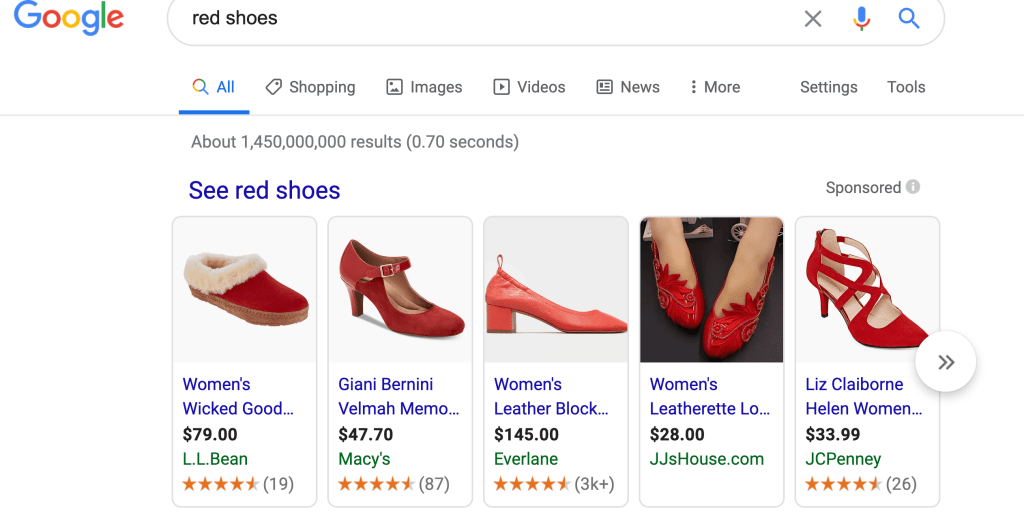
Are you getting everything you pay for with digital advertising? A new article from Forbes suggests that much of your advertising spend is wasted and goes into detail about how and where that waste comes from. Today, we’ll look at ways to improve your advertising performance and get everything you pay for with digital advertising.
Getting everything you pay for with digital advertising
Digital advertising includes paid advertising on social platforms, in search, and through display advertising. You might also advertise through 3rd parties such as when using affiliate marketing or email marketing partnerships.
Digital advertising is expensive. Sure, it’s cheaper than traditional media, but the worldwide digital advertising spend is still expected to reach $ 336 billion for 2020, representing over half of all advertising spending. According to CNBC, much of this advertising spending goes to just 3 players, Google (23.1% of the spend through search and display ads and YouTube), Facebook (12.9%, including Instagram), and Amazon (2.5%, although Amazon experienced massive growth since introducing its ad platform).
Are firms getting everything they pay for with their digital advertising budget? The answer is complicated, as we’ll see below.
Assessing advertising performance
Neilsen estimates that 25% of your digital advertising spend is ineffective. Now, maybe that’s better than the amount of waste estimated by John Wannamaker, who is quoted as saying,
Half the money I spend on advertising is wasted; the trouble is I don’t know which half.[source]
Making sales is a process starting with creating awareness of the brand, moving to consideration of the brand based on the fit between the way advertising positions the brand and needs, value, lifestyle, and finances. The final step in the consumer decision-making process involves a decision to acquire the product. See the graphic below to see how the process looks like a funnel reflecting the small number of consumers who flow through to conversion as a percentage of those who entered the process.
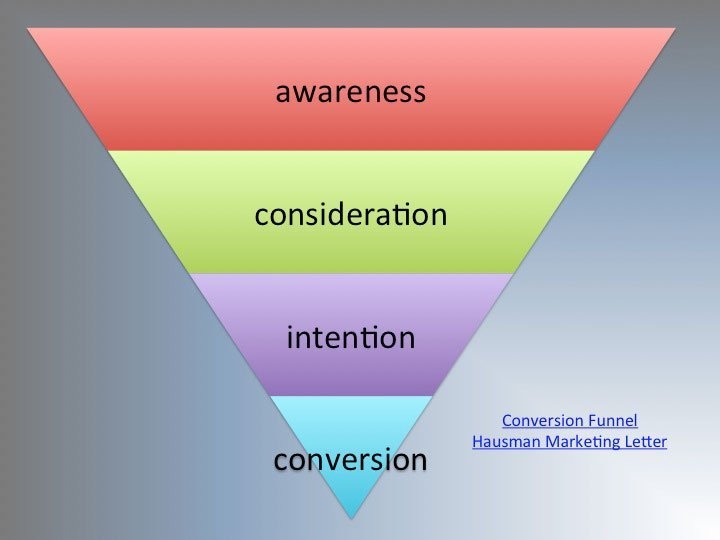
What constitutes a positive outcome?
Thus, part of the discrepancy between estimates of waste in advertising comes from how you measure ROI. In the case of traditional advertising, measuring returns is complicated because we can’t directly measure how advertising impacted sales. Commonly, firms assess lift (increase in sales) between a period before the advertising campaign and some period (such as 3 months) after the advertising campaign. Meanwhile, advertising agencies point to increased awareness or recall resulting from advertising campaigns, which reflect the traditional media equivalent of vanity metrics in digital advertising (we present more on vanity metrics below).
Digital advertising is different, with more robust metrics designed to provide a more nuanced evaluation of advertising performance. Still issues of measuring advertising performance fail to reach a consensus. Some marketers assess digital advertising performance by assessing terminal behaviors resulting from the ads, such as sales. Others argue that firms must assess changes at any point in the funnel as positive outcomes from advertising.
An emerging perspective on assessments of advertising effectiveness extends the conversion funnel, recognizing that your goal should involve converting buyers into loyal (or at least repeat) customers, rather than stop with the interim goal of making a sale.
So, the question of what do you measure in evaluating the performance of your digital advertising is controversial.
Metrics to measure digital advertising performance
Vanity metrics
Vanity metrics reflect consumer actions that don’t impact your ultimate goal of increasing sales. Examples of vanity metrics include:
- fans, followers
- website visits
- page views
- impressions
- subscriber list (email)
- likes on social
We call these vanity metrics because they make you feel good about your performance without having any direct (or indirect) impact on performance toward reaching your goals. Even from an SEO perspective, where the Google algorithm includes many of these variables, they do little to improve your performance in organic search.
Of course, to say vanity metrics have no meaning is inaccurate. The size of your social media community translates into higher potential as each engagement with your content amplifies the message so you reach a wider audience. And, website visits represent the first step in the process of converting visitors. Hence more website visits may generate more sales.
The key words when it comes to vanity metrics are potential and may, as the eventual outcomes of these efforts depend heavily on how well you move prospective buyers toward a purchase. Thus, two brands with equal numbers of visits likely see vastly different outcomes with respect to sales because 1 brand seamlessly moves visitors from the first visit to sale while another brand loses most visitors without capitalizing on their visit due to poor website design, poor nurturing, a wonky checkout process, or any of a number of other failures that result in prospective customers leaving without making a purchase.
Actionable metrics
Rather than assessing vanity metrics that likely have little or no correlation with your goals, assess actionable metrics reflecting the behaviors of people who saw your advertising campaign along the conversion funnel. Hence, rather than assessing awareness with vanity metrics such as website visits or impressions, assess how the visit transitions from awareness to purchase by investigating the clickstream data (such as the one below) or using attribution modeling to track purchases back to the promotional efforts that generated visits to the website across multiple visits.
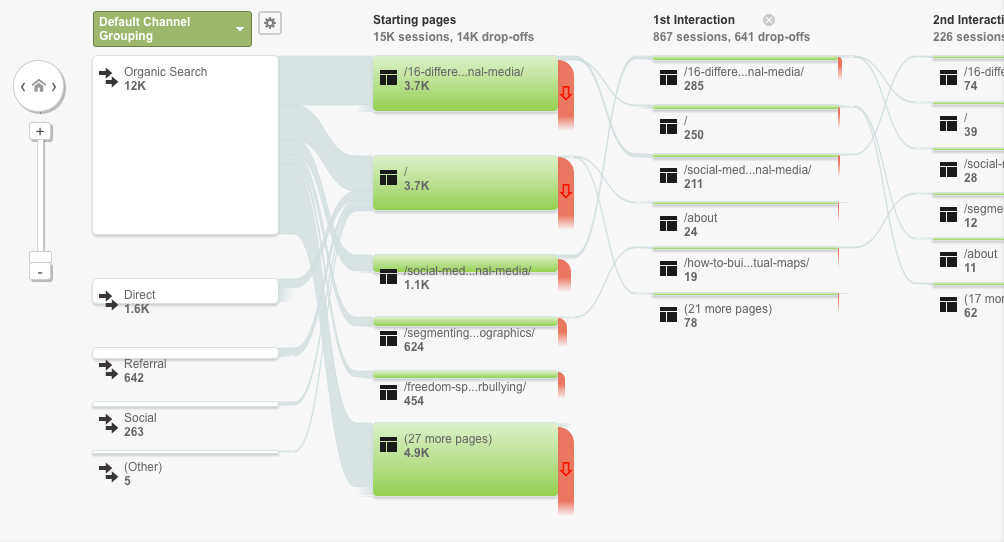
Examples of other actionable metrics to assess the performance of your digital advertising include:
- Customer lifetime value, which assesses the net profits from a customer after subtracting the costs associated with acquiring and serving that customer over the length of time the customer continues buying your brand.
- ROAS, which stands for return on advertising spend, since you only need to assess the lift from your advertising and other costs don’t figure into your evaluation of an advertising campaign.
- Customer acquisition costs, which reflect the total investment needed to acquire a new customer. This may include both advertising and other promotions, such as discounts or free shipping.
- Conversion rate, which assesses the percentage of those who visit your landing page who later convert. Conversion rate becomes more complex when a conversion occurs across multiple visits rather than a single encounter or when a conversion occurs offline.
Problems assessing whether you’re getting everything you pay for with digital advertising
Measuring the performance of digital advertising is challenging for a number of technical reasons. For instance, even with CPC (cost per click) campaigns, clicks don’t translate into opportunities. A recent study found as many as 50% of clicks on mobile devices were accidental, meaning there never was the potential for a sale. Other studies put the number of accidental clicks at between 10% and 60%, which really skews your data.
In other types of advertising based on impressions, such as Google display and social media advertising, impressions only loosely correlate with actually seeing the ad, since the visitor may never completely scroll down to view the entire ad before clicking or scrolling away.
Then, according to Neilsen, you have those pesky bots, spiders, and other non-human traffic. Traffic from these sources artificially inflates results as non-humans don’t convert. Similarly, problems delivering to the intended target audience plague digital advertising across platforms. These problems explain why as many as 74% of CMOs doubt their ability to accurately assess digital advertising performance.
There are tools and strategies out there to give you a better picture of your ad performance and to recover money spent incorrectly. For instance, Google constantly updates its platform to decrease the charges from accidental clicks. Others work on tools to help you get a clear picture of your ad performance by removing data from bots and other ineffective clicks.
Conclusion
I hope today’s post provides guidance as you update your digital advertising strategy to ensure you’re getting everything you pay for with digital advertising. The first step is to assess your campaigns accurately, allowing for problems with accidental clicks and other interference factors so you have an accurate picture of performance. Once you know what’s working, you adjust your campaigns to achieve optimal performance.
Digital & Social Articles on Business 2 Community
(52)
